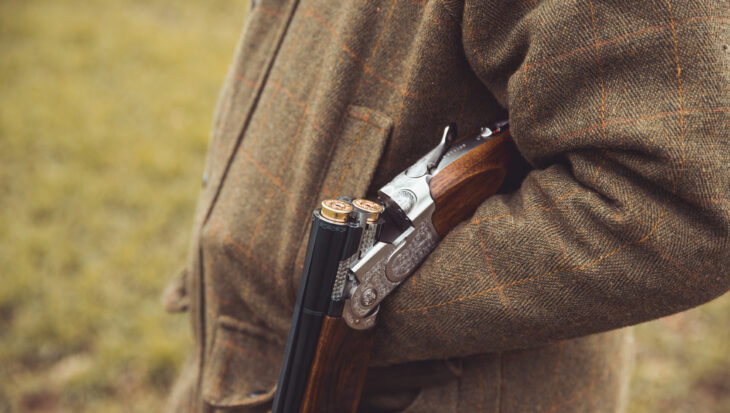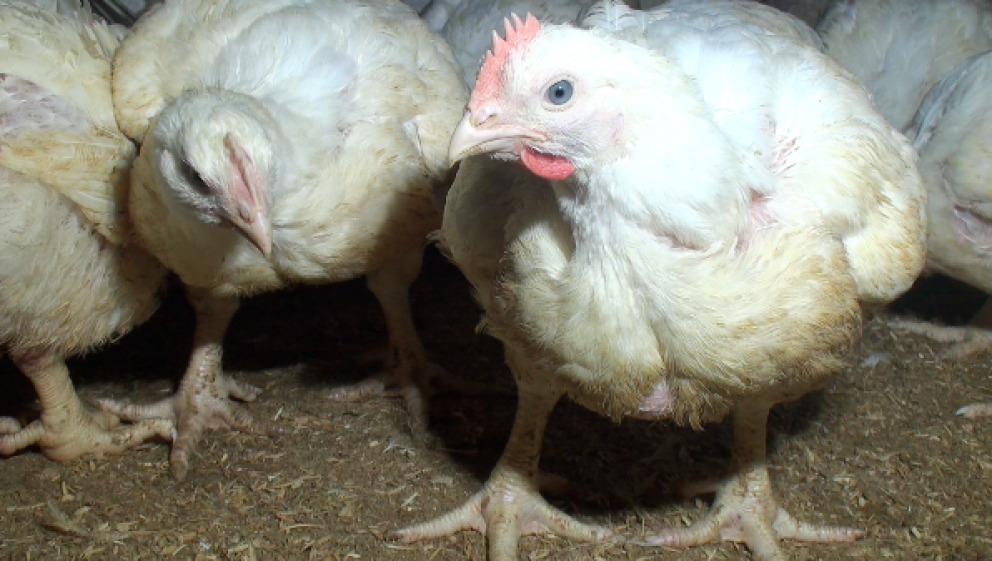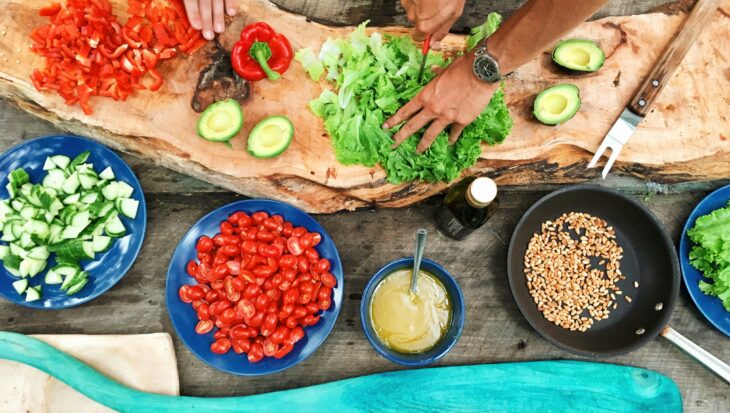Ban on the use of lead shot – finally!
Posted 10 Jul 2025

Posted on the 13th October 2017
Friday the 13th – a day plagued by superstition and thoughts of ‘bad luck’. Whereas one can shrug this off as nothing more than folklore, the same cannot be said for animals suffering in the ‘food’ industry. Their lives are nothing like the idyllic image conjured up by the food and farming industry….

Raised in cramped sheds, broiler chickens have been selectively bred to grow faster than their bodies can handle – resulting in them often collapsing under their own weight. Many do not even make it to slaughter because they are hampered by cardiovascular and osteo-skeletal problems. They are ultimately packed into crates by usually rough chicken ‘catchers’, normally carried upside down by one or two legs, stuffed roughly into crates and loaded onto lorries. Those that survive the extremes of heat, cold, wetting, overcrowding and suffocation during transportation are met with a terrifying death at the slaughterhouse.
In the UK, a large percentage of laying hens are confined in tiny cages where they have little more room per hen than an A4 piece of paper. Restricted movement can also contribute to osteoporosis (brittle bones). They are denied all that makes their short lives meaningful. Modern commercial hens have been bred to produce vast numbers of eggs. This depletes the hen’s store of calcium and can result in high levels of osteoporosis and fractures. Several tiers of crowded cages make inspection difficult, and in large cage sheds injured birds are often left to die unnoticed.
The cramped conditions with resulting stress, means that some resort to injurious pecking of cage mates. In an attempt to prevent this, many chicks routinely have the ends of their beaks removed without anaesthetic.
The life of so-called ‘free range’ hens is hardly better – hundreds, sometimes thousands of animals are forced to live in sheds. The stocking density is often so high that some hens may not ever manage to access the outdoors, through the small number of ‘pop holes’.
Chickens have a natural lifespan of 6 years or more but after just 60-70 weeks of age, the hen’s productivity declines they are sent to slaughter and their bodies are processed into cheap meat products such as ‘pet’ food.
In order to produce milk, they are repeatedly impregnated by force and the majority have their calves taken away from them soon after birth, causing huge distress to the calf and mother (who may bellow for days at the loss of her calf). Male calves are killed or raised on the farm or transported sometimes by road and sea, to veal farms on the continent. Female calves are often raised in solitary calf hutches and fed milk replacer whilst their milk is taken for humans. Ultimately they suffer the same fate as their mothers. Widespread issues with lameness, mastitis, infertility and heavy milk yields mean a dairy cow is considered ‘spent’ at around just 4-5 years old rather than their natural lifespan of around 25 years. There is no happy retirement for dairy cows – once their milk yields start to fall, they are sent to slaughter and become cheap low grade meat products – a final insult.
Male calves reared for beef are often castrated, despite being slaughtered before they reach sexual maturity. They are de-horned – a painful procedure – to prevent animals injuring each other and farm workers. Horns contain both blood circulation and nerve endings, and so local anaesthesia and cauterisation are necessary to stem bleeding. If horns have already developed, they are removed with saws, horn shears or cutting wire. ‘Beef’ cattle are also sent to slaughter when they are just two years old, a fraction of their natural lifespan.
The majority of pigs in Britain spend their entire lives in dark, cramped sheds where the only fresh air they ever experience is when they are put into lorries and sent to the slaughterhouse. Tail docking and the chopping off of pigs tails, again without anaesthetic, is rife in the industry – this is to prevent them being bitten by other pigs in sheer frustration at the stressful and largely barren conditions. Young male piglets are sometimes castrated in order to avoid ‘boar taint’ (altering the taste) of their flesh, this is done without pain relief. Tooth clipping of piglets, to protect the mother pig’s teats and other piglets sometimes take place, again without anaesthetic.
As with cows, goats must be first made pregnant in order to produce milk. Many surplus males are killed at birth as they are not considered economically viable to farm. Goats bred for their milk are typically intensively zero grazed – that is, they are housed all year round as a matter of convenience. Some larger farms have thousands of goats kept permanently in barns. ‘Disbudding’ is commonplace, whereby a hot iron is used to burn and remove the horns within her first few days of life – this is so that they can fit easily into milking machinery, and to prevent the goats damaging one another in the stressful intensive conditions. And again, these goats are sent for slaughter at a fraction of their natural age.
In the UK, around 15 million turkey are slaughtered every year. They have a natural life span of approximately 10 years, yet factory farmed turkeys are slaughtered at just 12-26 weeks old. In this short period, they may grow to nearly twice the size of their predecessors of only 25 years ago, and four times the size of their wild ancestors. Their legs are frequently unable to carry the weight of their ballooning bodies and they collapse and die due to their inability to reach food and water. Disease is widespread on commercial turkey farms, resulting in over a million turkeys (or 7% of the total) dying in sheds every year.
Posted 10 Jul 2025

Temperatures are rising and it’s time to get outdoors, enjoy the weather and tuck into some delicious vegan food! Thanks to an abundance of plant-based options now available, there’s an alfresco option for every tastebud...
Posted 09 Jul 2025
